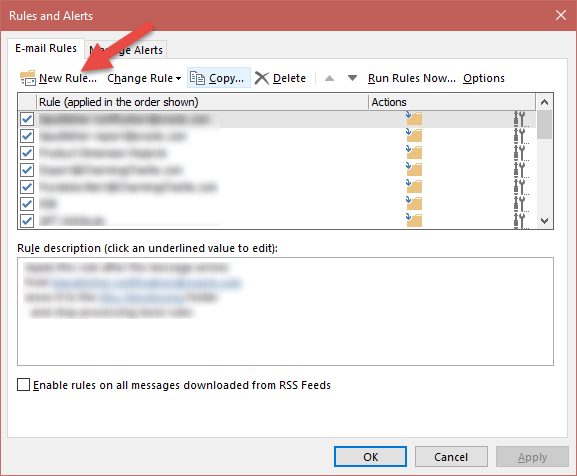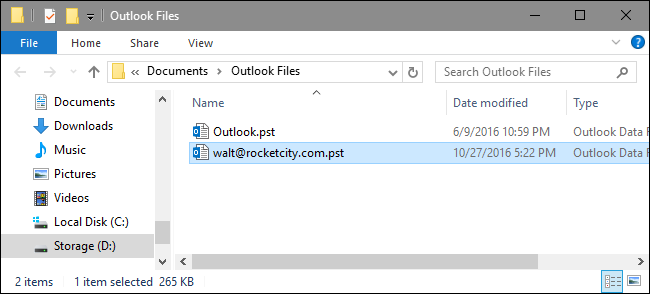
Step 6: Continue to click the Next buttons and Finish button in the following dialog boxes.įrom now on all sent email messages will be saved to the folder you configured in the Step 5 automatically. In the Rules and Alerts dialog box, select a folder, and click OK button.Check the move a copy to the specified folder option and stop processing more rules option in the Step 1: select action(s) section.Step 5: In the new Rules Wizard dialog box, Outlook 2016 keeps storing many log files in C:UsersmynameAppDataLocalTemp despite logging being disabled in Outlook. In the popping up Account dialog box, select an account in the Account: box and click OK button.Click the specified in the Step 2: Edit the rule description section.Check the through the specified account option in the Step 1: select conditions(s) section.Step 4: In the new Rules Wizard dialog box, Step 3: In the Rules Wizard dialog box, select and highlight the Apply rule on messages I send in the Start from o blank rule section, and click the Next button. Step 2: In the Rules and Alerts dialog box, click the New Rule button on the E-mail Rules tab. In Outlook 2007, please click the Tools > Rules and Alerts.If you want to change your mail format back, repeat Step 1, this time selecting either Plain Text or HTML as the message format. Voila The file link is inserted into the message.

In Outlook 20, please click the Rules > Manage Rules & Alerts in the Move group on the Home tab. From the shortcut menu that displays when you click the arrow, select Insert as Hyperlink.Even if you have changed the location where Local Folders stores its files, this method will give you the changed location. 3 Locate Thunderbird Local Folders with Settings. Step 1: Open the Rules and Alerts dialog box: For exporting Thunderbird local folders to Outlook, it is important to look for no-extension MBOX files and SBD folders within this location. We will guide you to realize it with creating a rule in Outlook.īefore you create a rule, you need to shift to the Mail view with clicking the Mail in the Navigation Pane. In some cases you may want to change the defaulted Sent Item folder, and let all sent email messages are stored in a specified folder automatically. Step 2: In the Select Folder dialog box, select and highlight a folder in the Folders: box, and click the OK button.Īfter you send this email message, its copy will be stored to the folder that you selected in the Step 2 automatically.Ĭhange the folder all sent items are stored in automatically

Step 1: Click the Save Sent Item to > Other Folder in the More Options group on the Options tab in the Message Window. When you are composing an email message, you can define an alternative folder where this sending email will be stored in after sending. Change the folder sent items are stored in when you are composing


 0 kommentar(er)
0 kommentar(er)
